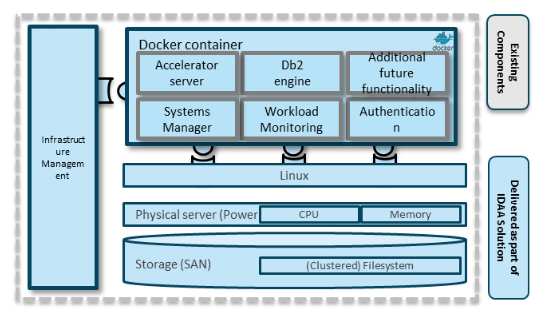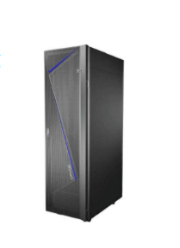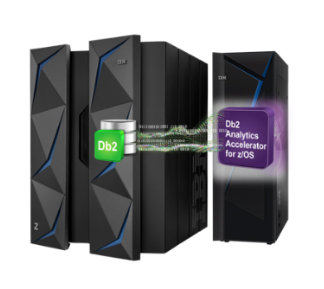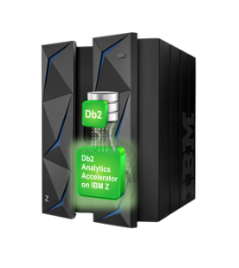Since the acquisition of Netezza in 2010 for their SQL accelerator technology, IBM has continued to enhance the ever-evolving technology with a keen focus on delivering enterprise data analytics. What started out as a basic appliance has grown into a powerful analytics enablement technology, dramatically shifting the boundaries of traditional data warehouse-oriented approaches to a real-time, Hybrid Transactional and Analytics Process (HTAP).
A version of the appliance has always been available as a standalone acceleration appliance without Db2-specific interfaces. This version of the accelerator was intended for customers that did not have an IBM Z or did not have IBM Db2 for z/OS, within their environment. The standalone unit, without Db2 integrations, has been called the IBM Integrated Analytics System (IIAS) or often PureData System for Analytics (PDA).
Leveraging Db2 on z/OS
However, at the core of the IBM Db2 Analytics Accelerator has been the deep integration with Db2 for z/OS. Leveraging the existing intelligence of the Db2 Optimizer, along with seamless connectivity with the IBM Data Studio, the IDAA continues to evolve.
In late 2017, IBM announced the next architectural generation of the accelerator. IBM chose to leverage their existing Power and z System hardware chipsets as a means to standardize on an extremely reliable, high availability, high performance, scalable and extensible chipset. The original accelerator technology ran within a Linux environment, so it comes as no surprise that this latest generation would be built on top of the IBM IFL (Integrated Facility for Linux) technology… whether on Power or z System. The IIAS version is based on Power IFLs, while the IBM Db2 Analytics Accelerator for z/OS is deployed on z System IFLs.
Secure Socket Containers
Another major change, with this newest architectural generation (v7.1), is that the accelerator operating system is deployed using a Secure Socket Container. All required components are deployed and installed, including the Linux operation system and the Docker software, as well as the Docker container which contains all the accelerator operating system and all management components.
By deploying the accelerator as a Secure Socket Container, LPARs can be established by the customer, with SSC’s deployed to each, allowing for the instantiation of additional accelerators for test, quality assurance, etc. Since multiple Db2 subsystems can talk to multiple accelerators, and an accelerator can talk to multiple Db2 subsystems, the customer has extensive freedom to build the accelerated analytics environment that best fits their business requirements.

Again, the accelerator can be acquired in three separate methods:
The value proposition for the IDAA has far more to do with seamlessly delivering outstanding analytics performance and power to an organization’s business units. Delivering capabilities for real-time analytics results, along with the capability to access historical/archived data seamlessly, without impacting existing OLTP workloads, with minimal IT resource overhead, contributes to substantial value for today’s agile organizations.
Continued development with the IDAA Loader technology, along with real-time asynchronous data replication, have fully enabled a centralized data store with acceleration. Enterprise-level, real-time analytics, without impacting OnLine Transaction Processing (OLTP) systems like CICS and IMS, is now available.



More Information
Webinar-Replay-IBM-DB2-Analytics-Accelerator-zOS
IDAA and Analytics – Changing the Face of z Systems
IBM Z Leverages IFLs and Secure Service Container (SSC) for Analytics Platform
Real-Time Business Decisions with IBM Db2 Analytics Accelerator

